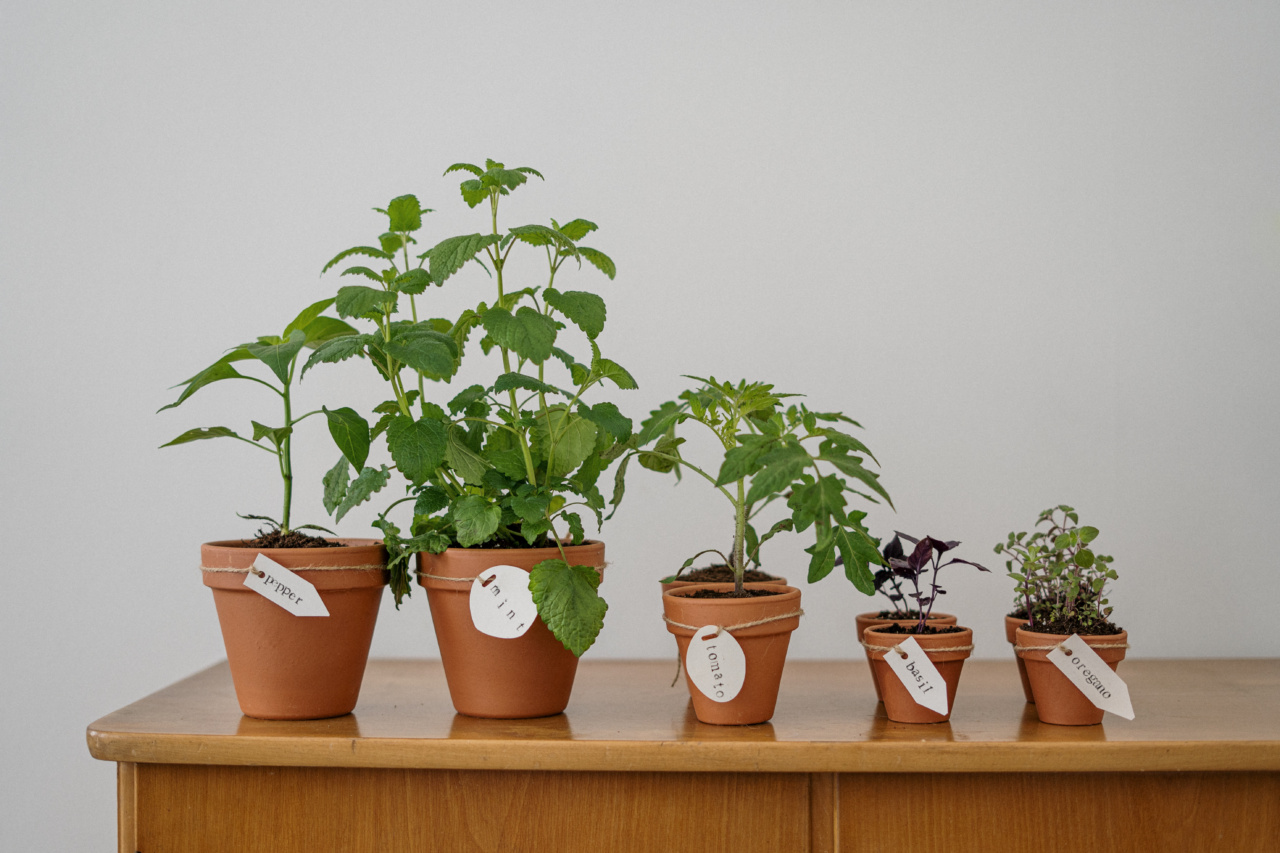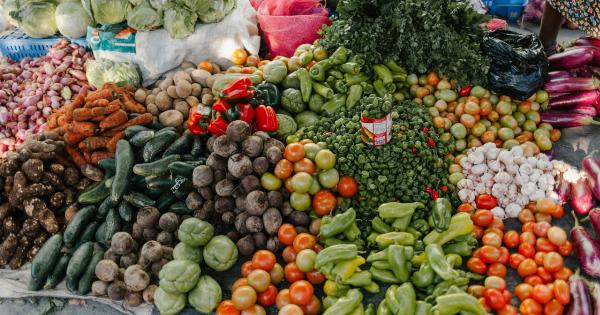Growing tomatoes in your garden can be a rewarding and enjoyable experience. There’s nothing quite like the taste of a freshly picked, sun-ripened tomato straight from your own backyard.
However, many gardeners make common mistakes when it comes to growing tomatoes, which can result in disappointing yields and subpar fruit. In this article, we’ll explore some of the most common tomato mistakes and provide tips on how to avoid them.
1. Choosing the wrong tomato variety
One of the biggest mistakes gardeners make is not choosing the right tomato variety for their specific growing conditions. There are dozens of tomato varieties available, each with their own unique characteristics.
Some tomatoes thrive in hot climates, while others prefer cooler temperatures. Some are more disease-resistant, while others are better suited for canning or fresh eating.
To avoid this mistake, research different tomato varieties and their requirements. Consider factors such as your climate, the length of your growing season, and your desired uses for the tomatoes.
This will help ensure that you select a variety that is well-suited to your specific garden conditions.
2. Overwatering or underwatering
Tomatoes are particular about their water needs. Overwatering can lead to root rot and other fungal diseases, while underwatering can stunt their growth and result in small, underdeveloped fruit.
Finding the right balance is essential for healthy, bountiful tomato plants.
Ensure that your tomato plants receive around one inch of water per week, either from rainfall or irrigation. Monitor the soil moisture by sticking your finger about an inch into the soil. If it feels dry, it’s time to water.
If it feels moist, hold off on watering for a day or two. Mulching around the base of the plants can also help retain soil moisture and reduce evaporation.
3. Poor soil preparation
Tomatoes thrive in fertile, well-draining soil. Neglecting proper soil preparation can hinder their growth and productivity. Avoid planting tomatoes in heavy clay soils that retain water, as this can lead to root rot.
Instead, focus on building up the soil with organic matter, such as compost or well-rotted manure, to improve drainage and nutrient availability.
Before planting, amend the soil by incorporating organic matter and removing any rocks or debris. This will create a loose, well-aerated planting bed for your tomato plants.
Additionally, consider conducting a soil test to determine if any specific nutrient deficiencies need to be addressed.
4. Planting too early or too late
Timing is crucial when it comes to planting tomatoes. Planting too early, before the threat of frost has passed, can lead to the death of young tomato plants.
On the other hand, planting too late can result in a shortened growing season and reduced yields.
Consult your local frost dates and plant your tomatoes accordingly. Start seeds indoors several weeks before the last expected frost, or purchase young transplants from your local garden center.
Transplants should be hardened off before planting, which involves gradually acclimating them to outdoor conditions over the course of a week.
5. Neglecting proper staking or support
Tomato plants are notorious for their sprawling growth habit. Neglecting to provide adequate support can lead to tangled plants, broken branches, and damaged fruit.
Proper staking or support is crucial for keeping your tomato plants upright and maximizing air circulation.
There are several methods of supporting tomato plants, including cages, stakes, or trellises. Choose a method that suits your personal preference and the specific variety you are growing.
Install the support system at the time of planting or shortly thereafter to avoid damaging the plant’s roots later on.
6. Failing to prune or properly space plants
Tomato plants need room to grow and thrive. Planting them too close together can result in competition for sunlight, increased disease incidence, and reduced airflow.
Additionally, failing to prune or remove suckers can lead to overcrowding and a tangled mess of foliage.
Ensure that you space your tomato plants according to the recommendations for the specific variety you are growing. This will allow each plant to receive adequate sunlight and airflow, promoting healthy growth and reducing the likelihood of disease.
Regularly inspect your plants and remove any suckers or excessive foliage to maintain an open, well-ventilated canopy.
7. Not providing adequate nutrition
Tomato plants are heavy feeders and require a steady supply of nutrients to produce bountiful fruits. Failing to provide adequate nutrition can result in weak plants, poor fruit development, and increased susceptibility to pests and diseases.
At the time of planting, incorporate a slow-release fertilizer or organic matter into the soil. This will provide a baseline of nutrients for the plants.
Throughout the growing season, supplement with additional fertilizers, such as a balanced tomato fertilizer or compost tea, according to the package instructions. Regularly monitoring the plants for signs of nutrient deficiencies, such as yellowing leaves or stunted growth, and addressing them promptly.
8. Ignoring pest and disease management
Tomatoes are susceptible to a range of pests and diseases, including aphids, tomato hornworms, blight, and blossom end rot. Ignoring pest and disease management can quickly decimate a tomato crop.
Take proactive measures to prevent common tomato pests and diseases. This includes practicing crop rotation, using physical barriers like row covers, and applying organic pest control methods when necessary.
Regularly inspect your plants for signs of trouble, such as discolored leaves, chewed foliage, or wilting, and take appropriate action to control the issue.
9. Improper harvest and storage
Knowing when and how to harvest tomatoes is essential for optimal flavor and shelf life. Many gardeners make the mistake of picking tomatoes either too early or too late, resulting in bland fruit or spoilage.
Tomatoes should be allowed to fully ripen on the vine before harvest. Look for even coloration, firmness, and a slight give when gently squeezed.
If frost or extreme weather is imminent, you can pick slightly underripe tomatoes and allow them to finish ripening indoors. Avoid refrigerating tomatoes, as this can negatively affect their texture and taste. Instead, store them at room temperature, away from direct sunlight.
10. Not learning from your mistakes
Perhaps the biggest mistake of all is failing to learn from your gardening experiences. Every season presents new challenges and opportunities for growth.
Reflecting on your successes and failures can help you become a better tomato gardener with each passing year.
Keep a gardening journal to note what worked well and what didn’t. Experiment with different varieties, techniques, and plant care methods. Attend local gardening workshops or join online communities to learn from other gardeners.
The more you learn and adapt, the more successful your tomato-growing endeavors will be.































